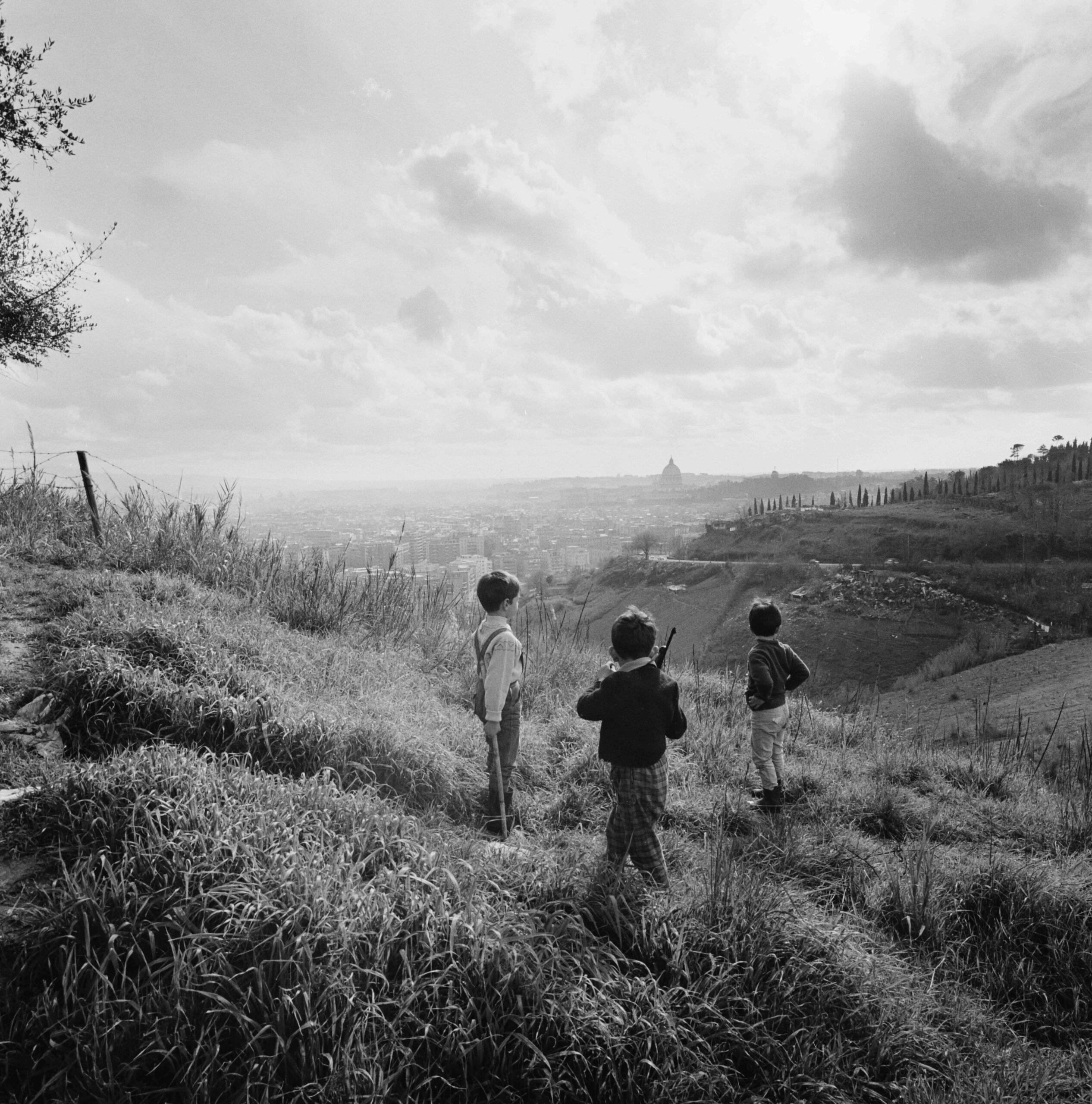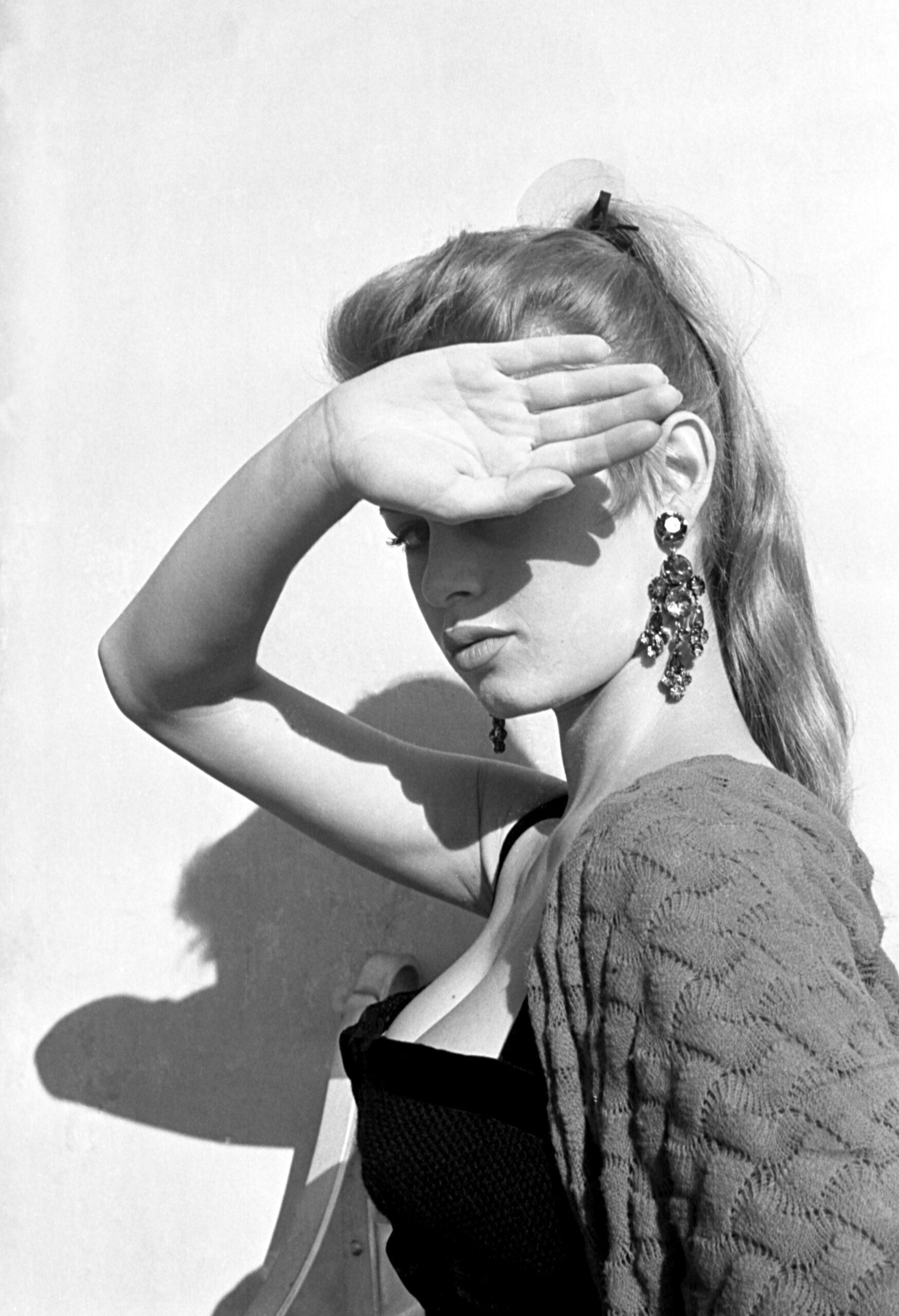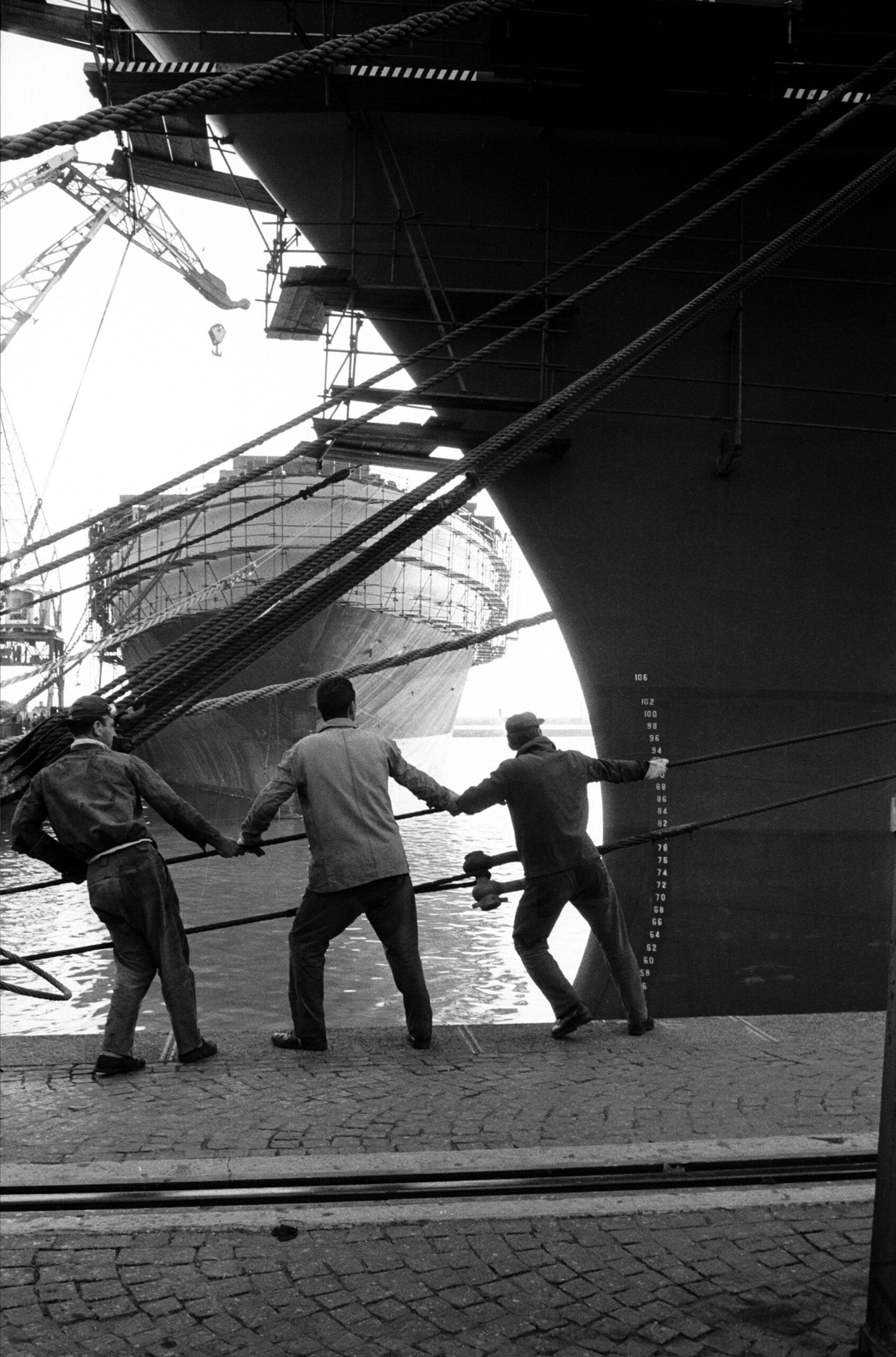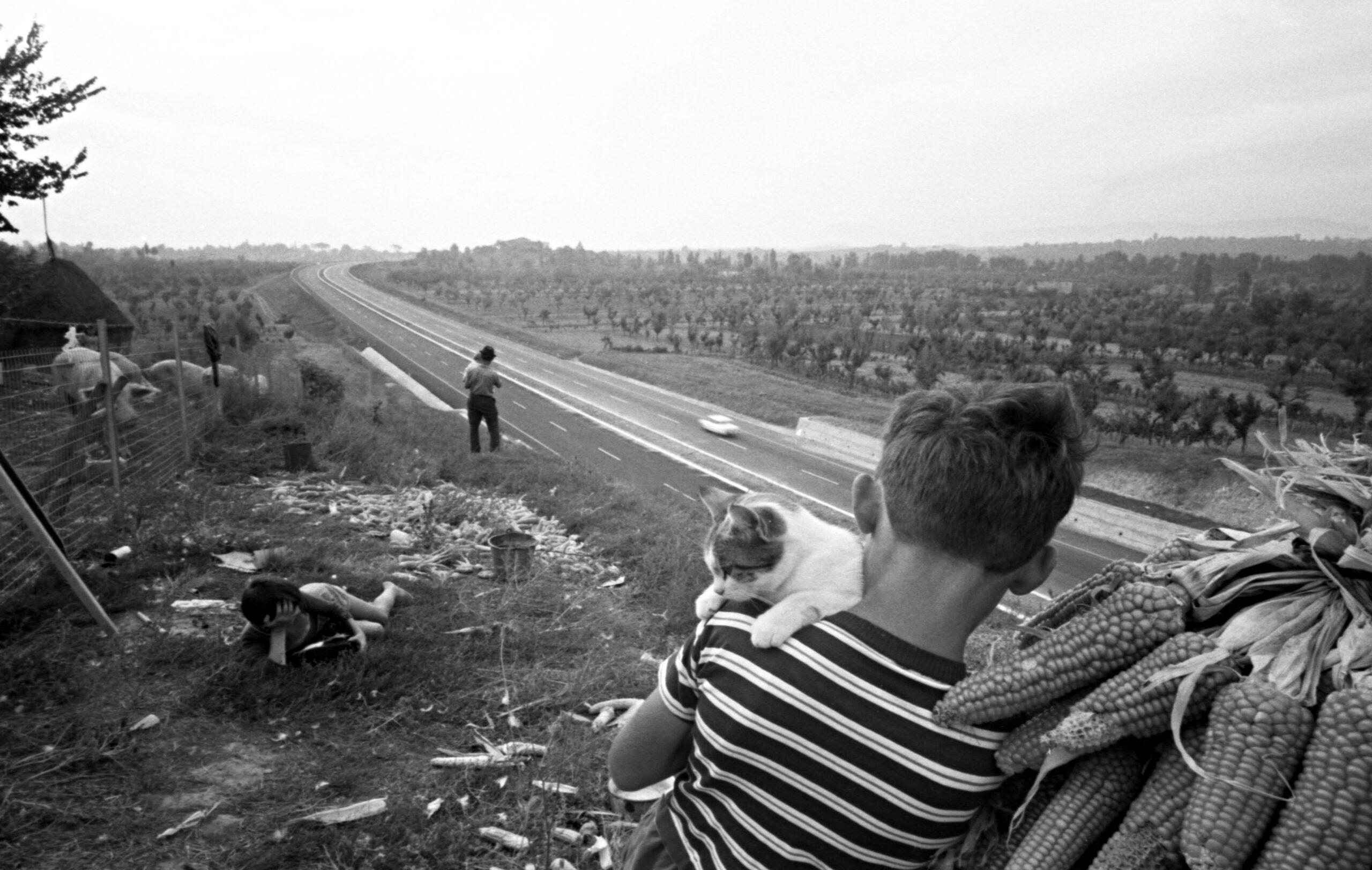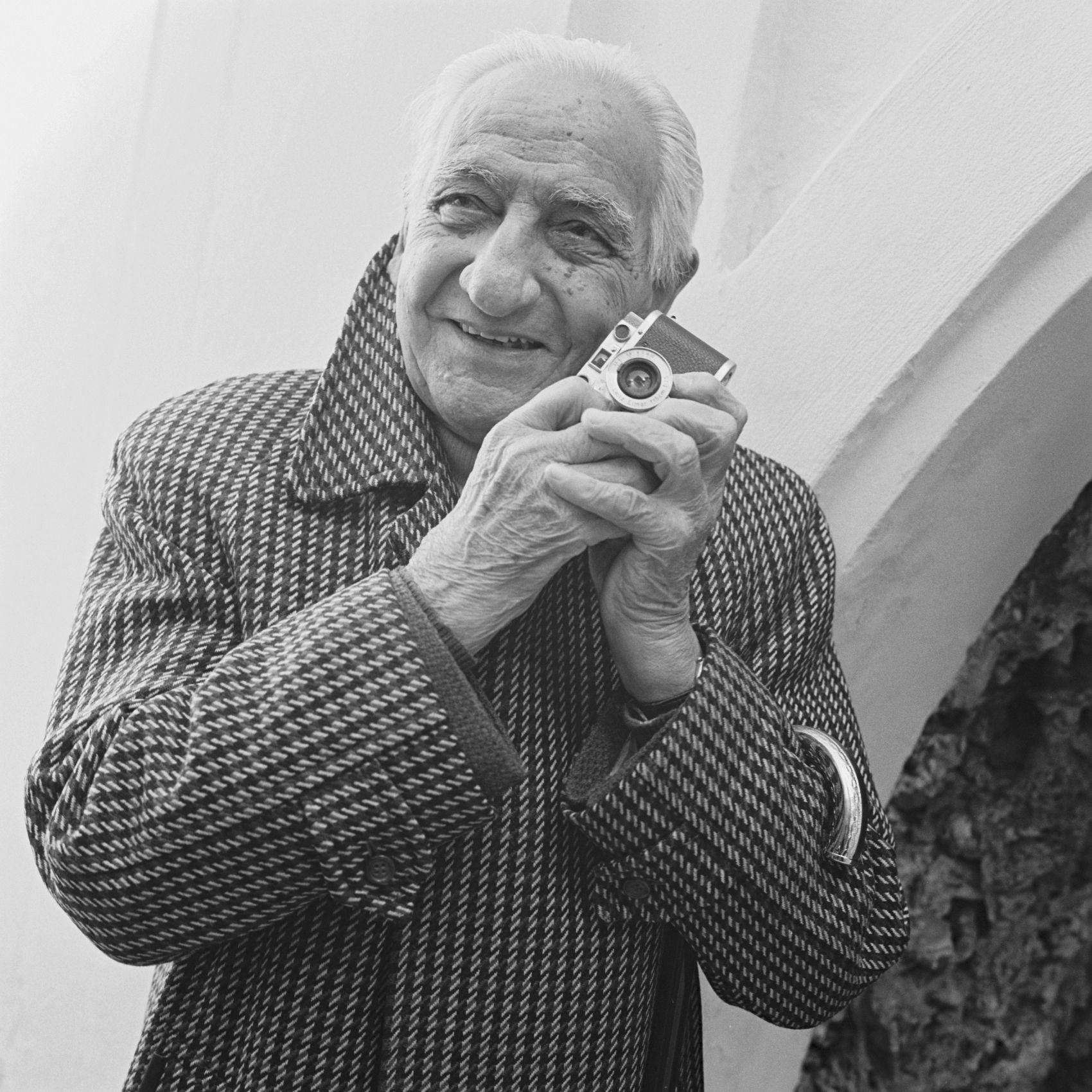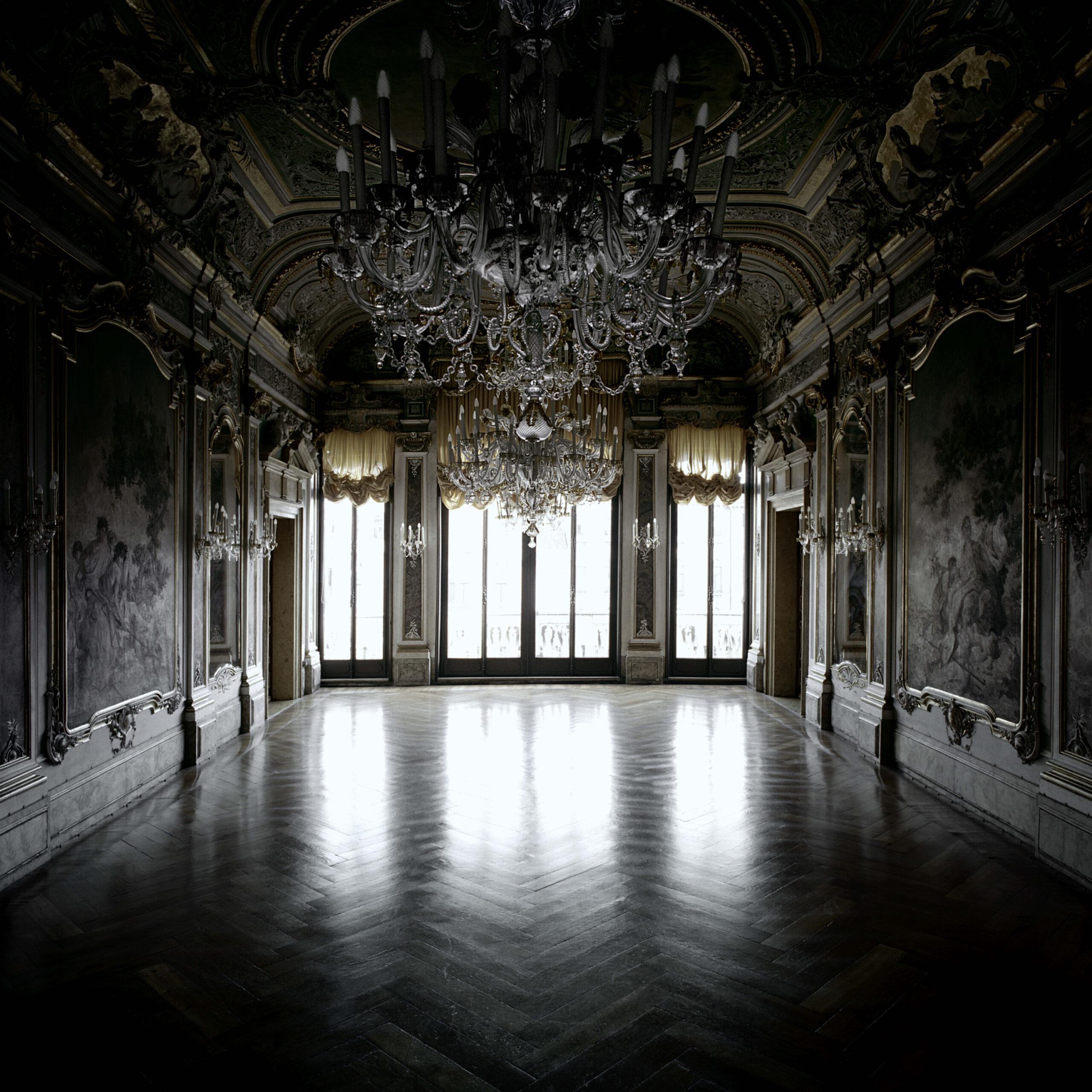
On the centenary of the birth of Paolo Di Paolo (1925–2023), Palazzo Ducale in Genoa, in collaboration with Marsilio Arte, presents the retrospective dedicated to one of the great masters of Italian photography of the twentieth century. The PAOLO DI PAOLO exhibition. Photographs found, edited by Giovanna Calvenzi and Silvia Di Paolo, from 23 October 2025 to 6 April 2026, returns to the public the forgotten work of an author who was able to tell, with delicacy and depth, the Italy of rebirth after the Second World War.
Over 300 photographs –including many unpublished and for the first time also in colour, together with archive materials, period magazines and original documents – make up a path that embraces Di Paolo’s entire artistic parable, from his beginnings in 1953 to intense activity with the most important newspapers of the time. The exhibition also includes a special and unprecedented focus on Genoa and Liguria, territories repeatedly told by the elegant and poetic gaze of the photographer who in 1969, struck by a profound personal and professional crisis, drastically abandoned the scene.
Di Paolo was the photographer most loved by Mario Pannunzio, historic director of the weekly Il Mondo, where he published 573 photographs in 14 years, and assiduous collaborator of the weekly Tempo. Through his reporting, he narrated Italy and the world, documenting social changes, common faces and celebrities: from Pier Paolo Pasolini to Anna Magnani, from Lucio Fontana to Giorgio de Chirico, from Sophia Loren to Marcello Mastroianni.
Over 300 photographs –including many unpublished and for the first time also in colour, together with archive materials, period magazines and original documents – make up a path that embraces Di Paolo’s entire artistic parable, from his beginnings in 1953 to intense activity with the most important newspapers of the time. The exhibition also includes a special and unprecedented focus on Genoa and Liguria, territories repeatedly told by the elegant and poetic gaze of the photographer who in 1969, struck by a profound personal and professional crisis, drastically abandoned the scene.
Di Paolo was the photographer most loved by Mario Pannunzio, historic director of the weekly Il Mondo, where he published 573 photographs in 14 years, and assiduous collaborator of the weekly Tempo. Through his reporting, he narrated Italy and the world, documenting social changes, common faces and celebrities: from Pier Paolo Pasolini to Anna Magnani, from Lucio Fontana to Giorgio de Chirico, from Sophia Loren to Marcello Mastroianni.


His style, characterized by a participatory but never invasive gaze, was able to capture the soul of the country at a crucial moment in its history. After his retirement, the entire archive –over 200,000 negatives – remained forgotten for fifty years, until his daughter Silvia found it and returned it to the history of Italian photography.
The exhibition is accompanied by a volume published by Marsilio Arte, with texts by Giovanna Calvenzi, Silvia Di Paolo, Isabella Rossellini, Alessandro Sarlo, Michele Smargiassi, Roberta Valtorta, Bruce Weber.
On the occasion of the exhibition, Marsilio Editori publishes the novel Solo per te by Silvia Di Paolo with Antonio Leotti, an intense and personal story, inspired by the extraordinary discovery of Di Paolo’s archive, which narrates the story of the photographer for the first time, intertwining family history and reflections on art and memory.
The exhibition is accompanied by a volume published by Marsilio Arte, with texts by Giovanna Calvenzi, Silvia Di Paolo, Isabella Rossellini, Alessandro Sarlo, Michele Smargiassi, Roberta Valtorta, Bruce Weber.
On the occasion of the exhibition, Marsilio Editori publishes the novel Solo per te by Silvia Di Paolo with Antonio Leotti, an intense and personal story, inspired by the extraordinary discovery of Di Paolo’s archive, which narrates the story of the photographer for the first time, intertwining family history and reflections on art and memory.
You might also be interested in





